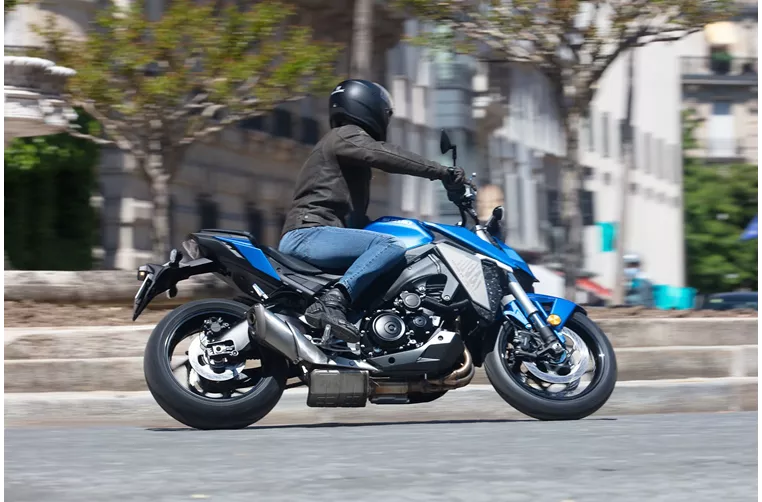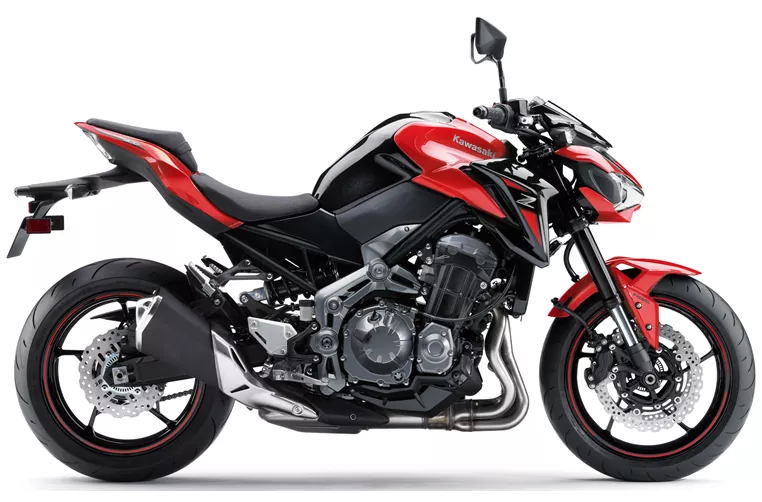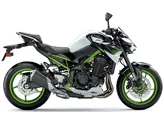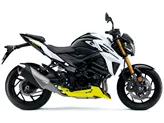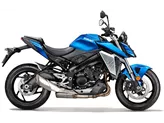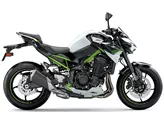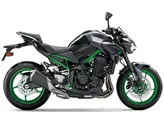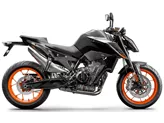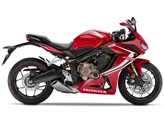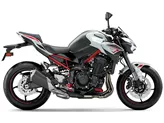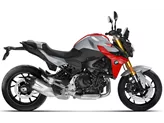Suzuki GSX-S950 2021 vs. Kawasaki Z900 70kW 2018
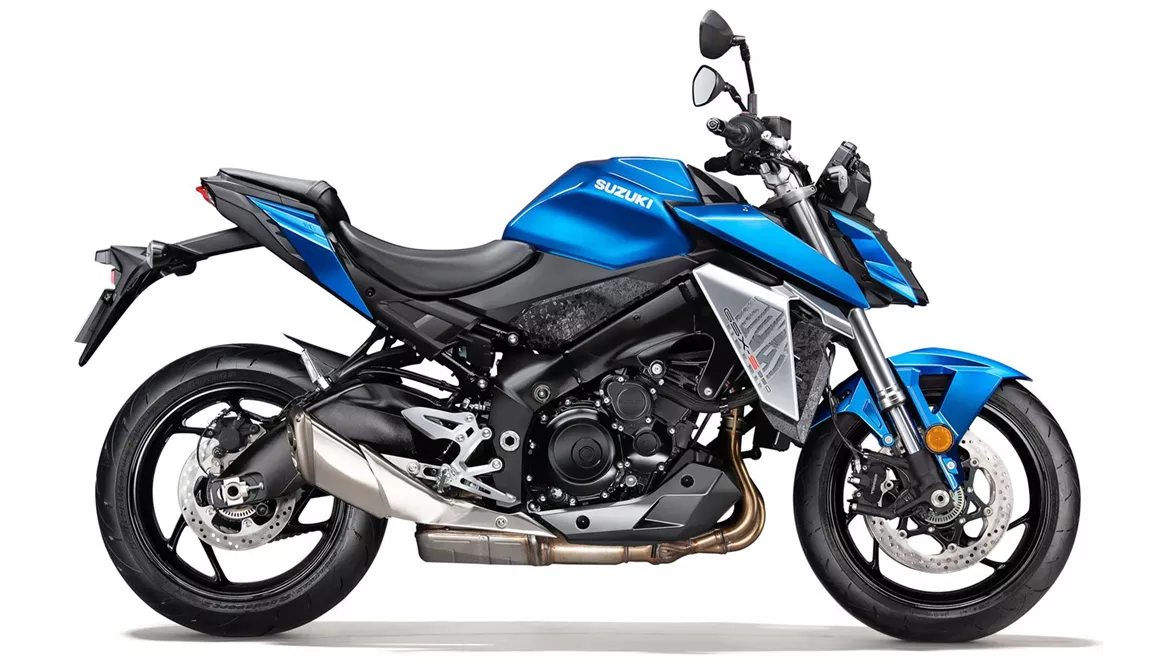
Suzuki GSX-S950 2021
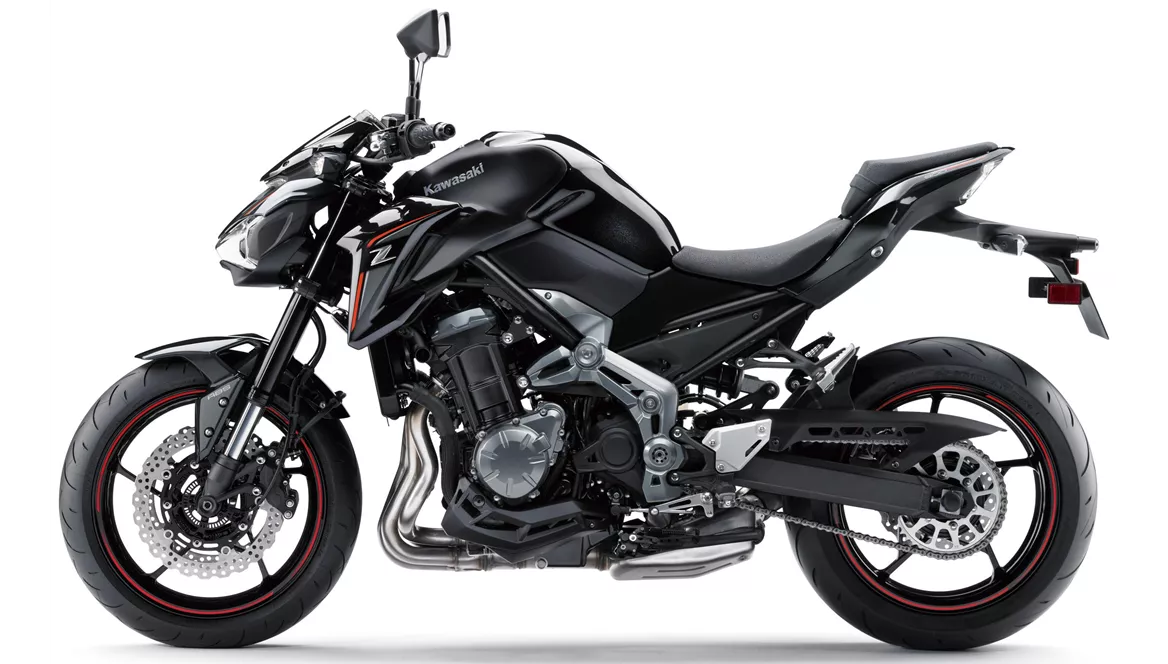
Kawasaki Z900 70kW 2018
Overview - Suzuki GSX-S950 2021 vs Kawasaki Z900 70kW 2018
The Suzuki GSX-S950 2021 and the Kawasaki Z900 70kW 2018 are both naked bikes with similar engine types, engine power, torque, fuel systems, and cooling systems. However, there are several differences between the two models.
In terms of engine displacement, the Suzuki GSX-S950 has a slightly larger engine at 999cc compared to the Kawasaki Z900's 948cc engine. This may result in a slight difference in performance and power delivery.
Both bikes feature upside-down telescopic forks for the front suspension and swing arm with a monoshock for the rear suspension. This setup provides good stability and handling for both models.
The chassis of the Suzuki GSX-S950 is made of aluminum and has a twin tube frame, while the Kawasaki Z900 has a steel frame with a double cradle design. The aluminum frame of the Suzuki may offer a lighter and more rigid structure, potentially improving overall performance and handling.
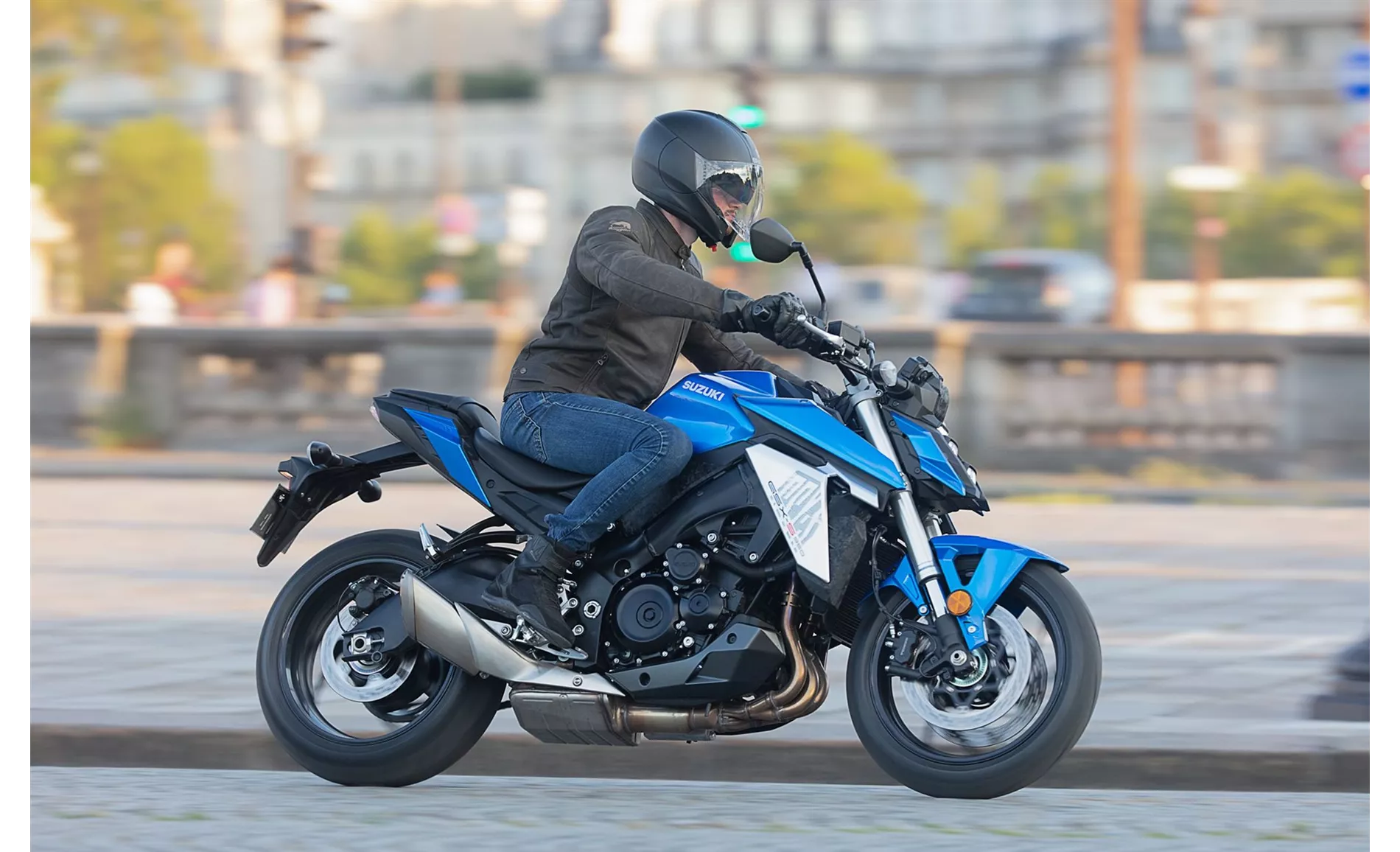
Suzuki GSX-S950 2021
In terms of braking systems, both bikes have double disk brakes at the front with four pistons. However, the Suzuki GSX-S950 features radial technology, which may provide better braking performance and control compared to the petal technology used in the Kawasaki Z900.
Both bikes come equipped with ABS as an advanced rider assistance system. The Suzuki GSX-S950 also includes ride by wire and traction control, which may enhance the overall riding experience and safety.
In terms of dimensions and weights, the Suzuki GSX-S950 has a slightly wider rear tire at 190mm compared to the Kawasaki Z900's 180mm rear tire. The Suzuki also has a slightly longer wheelbase at 1460mm compared to the Kawasaki's 1450mm wheelbase. The seat height of the Suzuki is slightly higher at 810mm compared to the Kawasaki's 795mm seat height. The kerb weight of the Suzuki is slightly heavier at 214kg compared to the Kawasaki's 210kg weight.
In terms of strengths, the Suzuki GSX-S950 is praised for its engine performance, with plenty of punch from below and a good sound. The brakes are also stable, and the seating position is comfortable.
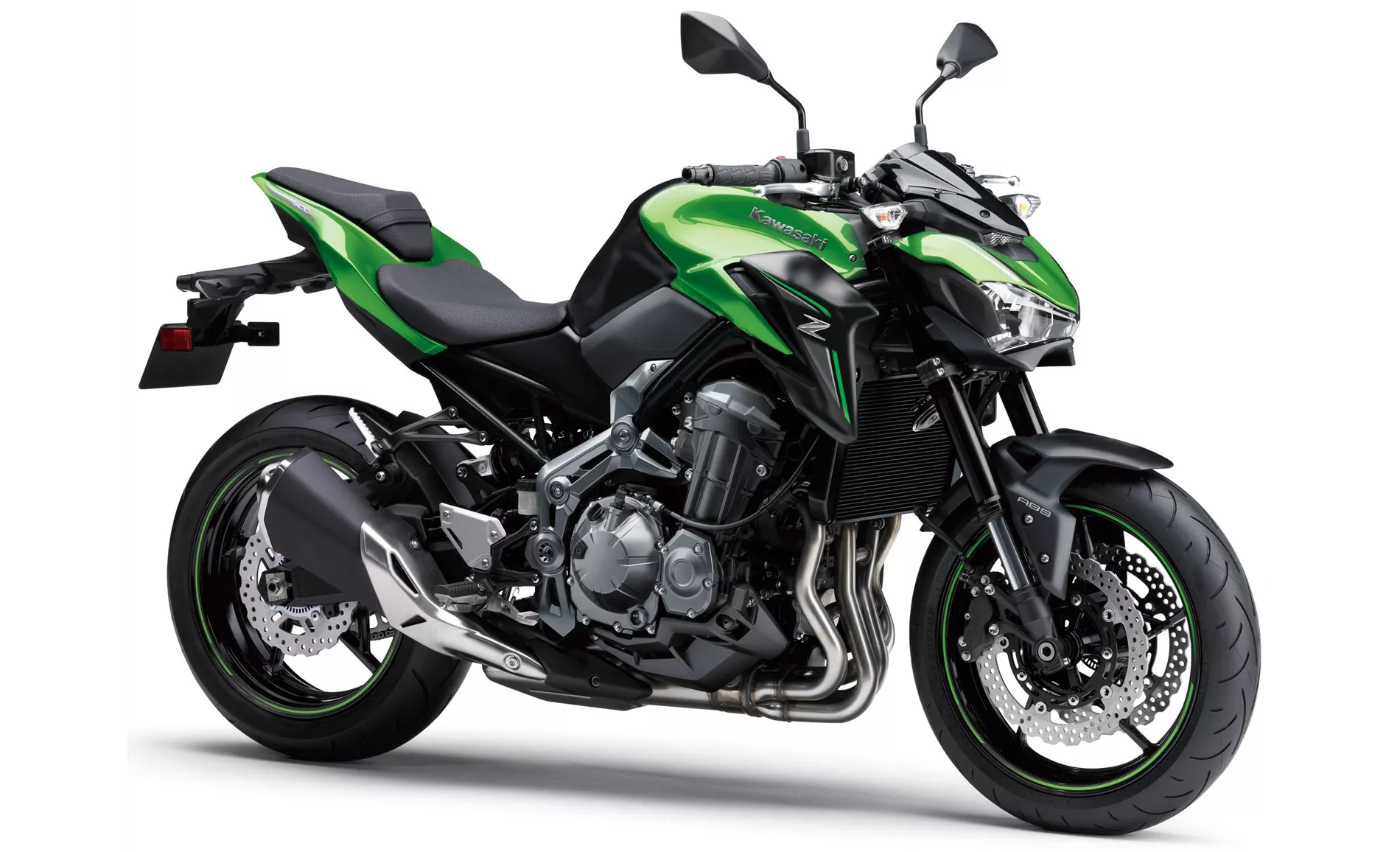
Kawasaki Z900 70kW 2018
The Kawasaki Z900 is praised for its smooth engine performance, particularly at around 6000 rpm. The brakes are finely controllable, and the engine runs smoothly, making it suitable for city traffic. The bike is also stable at motorway speeds and has good handling.
However, the Suzuki GSX-S950 has some weaknesses, including a chassis that is considered too soft and not adjustable. Additionally, the cockpit may be difficult to read in sunlight.
The Kawasaki Z900 has a few weaknesses as well, including a smaller size that may not be suitable for tall riders. The bike also has a relatively high weight of 210kg, which may impact acceleration with its 70kW engine.
In conclusion, both the Suzuki GSX-S950 2021 and the Kawasaki Z900 70kW 2018 have their own strengths and weaknesses. The Suzuki offers a more powerful engine and some advanced rider assistance systems, while the Kawasaki provides a smooth engine performance and good handling. Ultimately, the choice between the two models will depend on individual preferences and priorities.
Technical Specifications Suzuki GSX-S950 2021 compared to Kawasaki Z900 70kW 2018
Pros and Cons in comparison
Pros and Cons in comparison
Suzuki GSX-S950 2021
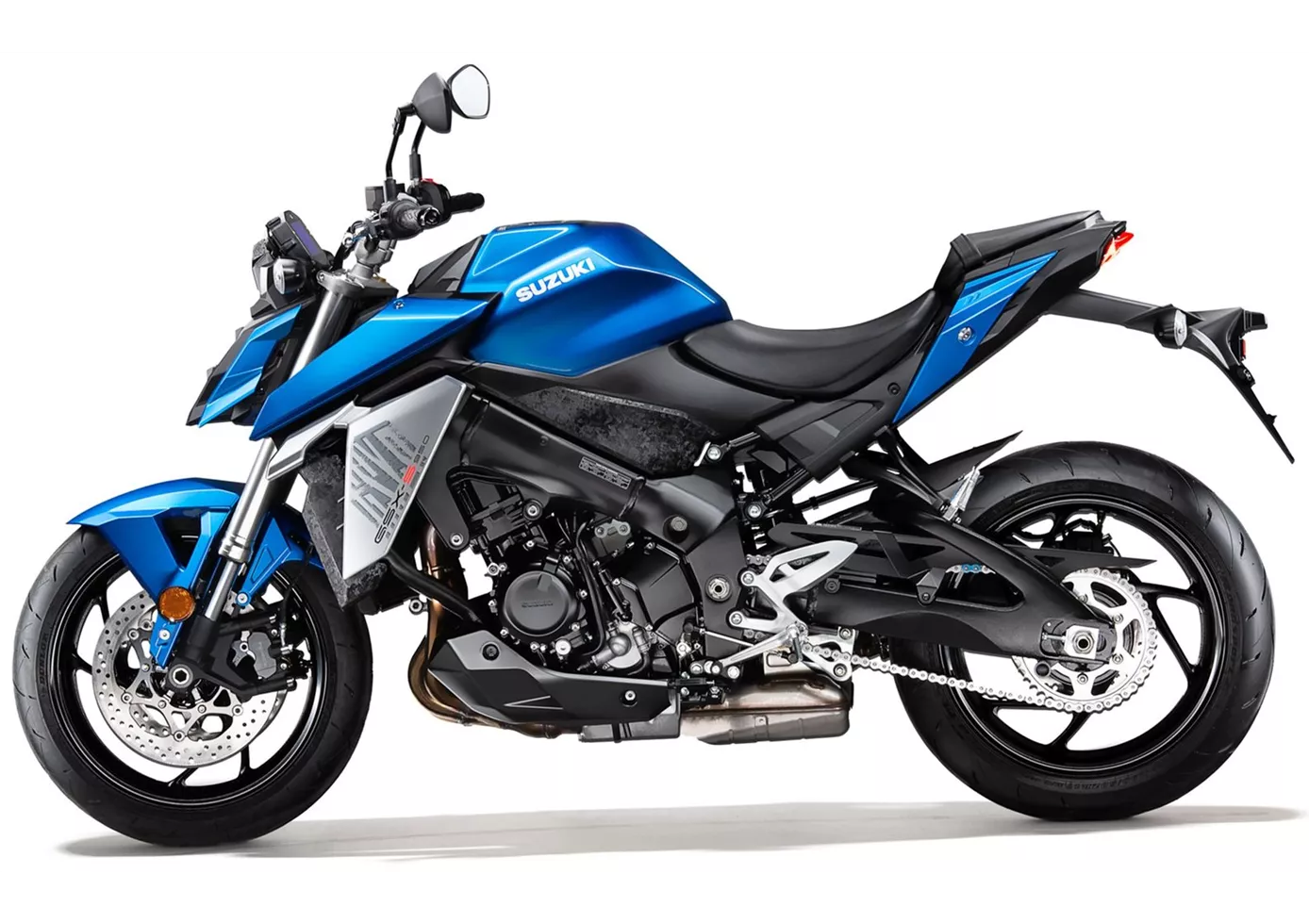
The "small" GSX-S950 is damn close to the GSX-S1000, which is why it seems as if the proud surcharge for the 1000 will have to be properly justified. However, anyone who wants it to be as sporty as on the GSX-S1000 will already fail due to the somewhat too soft, non-adjustable suspension. However, this more comfortable design of the 950 fits the character of the engine very well. With (only) 95 hp, the engine, which is identical to the GSX-S1000, is designed for torque from below and in the middle; there is little point in stubbornly wriggling out. So if you are looking for a comparatively comfortable naked bike that is suitable for A2 and that can hardly be distinguished visually from the top model, you can save a lot of money!
Kawasaki Z900 70kW 2018
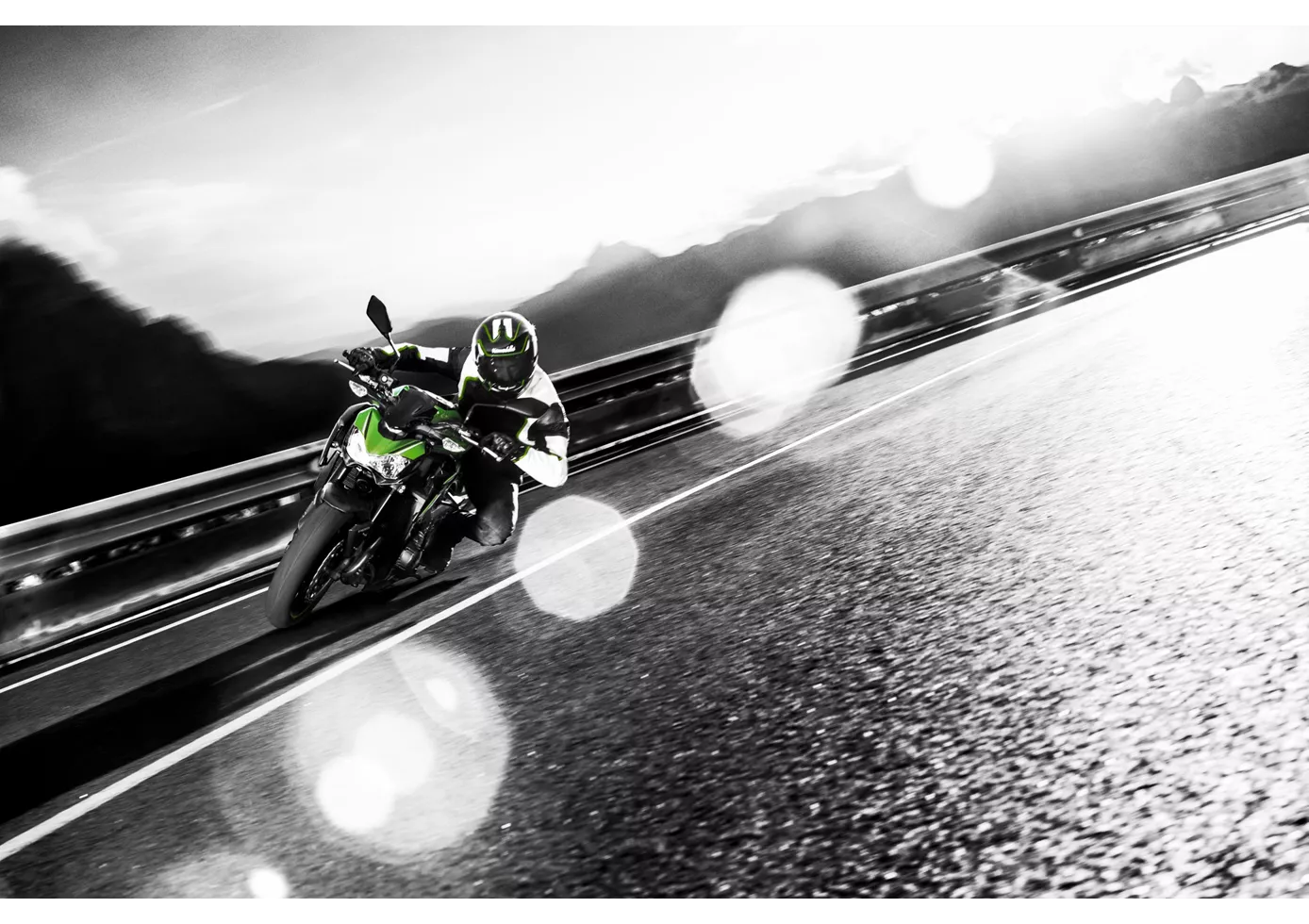
The Z900 is a top entry-level motorbike. Very smooth engine, great brakes and lots of adjustment options on the chassis and levers. The acceleration may be too good for speed junkies, but it's just right for learning. The lack of electronic gimmicks, riding modes and traction control doesn't bother either, but makes the Z900 a good bike to learn the basics of two-wheeled locomotion. A high-quality purist, a real motorbike, even with only 48 hp!
Price Comparison Avarage Market Price Suzuki GSX-S950 vs Kawasaki Z900 70kW
There are a few key differences between a Suzuki GSX-S950 2021 and a Kawasaki Z900 70kW 2018. It takes less time to sell a Kawasaki Z900 70kW with 194 days compared to 298 days for the Suzuki GSX-S950. Since model year 2021 1000PS.de editors have written 10 reviews for the Suzuki GSX-S950 and 10 reviews for the Kawasaki Z900 70kW since model year 2018. The first review for the Suzuki GSX-S950 was published on 16/06/2021 and now has more than 37,200 views. This compares to more than 104,300 views for the first review on Kawasaki Z900 70kW published on 23/11/2018.
